We're adding new blog posts to the Maine Coast Craft School website now instead of here -
three new ones are up as of 12.20.2016:
“An Oil Finish for Hand Made Wooden Spoons”
“Finishing a Rustic Welsh Windsor Chair”
“Designing and Building a Cupola for a Yurt”
check out the link HERE.
or go to http://www.mainecoastcraft.com/blog
three new ones are up as of 12.20.2016:
“An Oil Finish for Hand Made Wooden Spoons”
“Finishing a Rustic Welsh Windsor Chair”
“Designing and Building a Cupola for a Yurt”
check out the link HERE.
or go to http://www.mainecoastcraft.com/blog
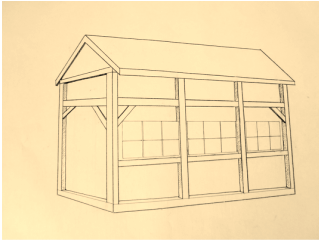
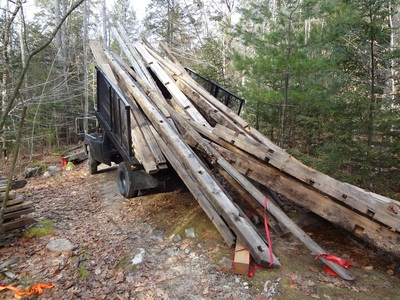
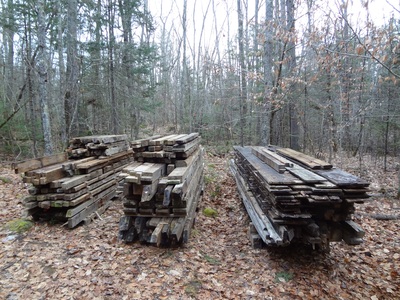



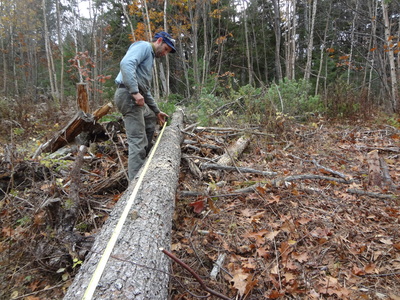
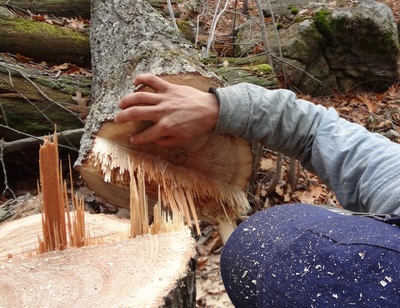

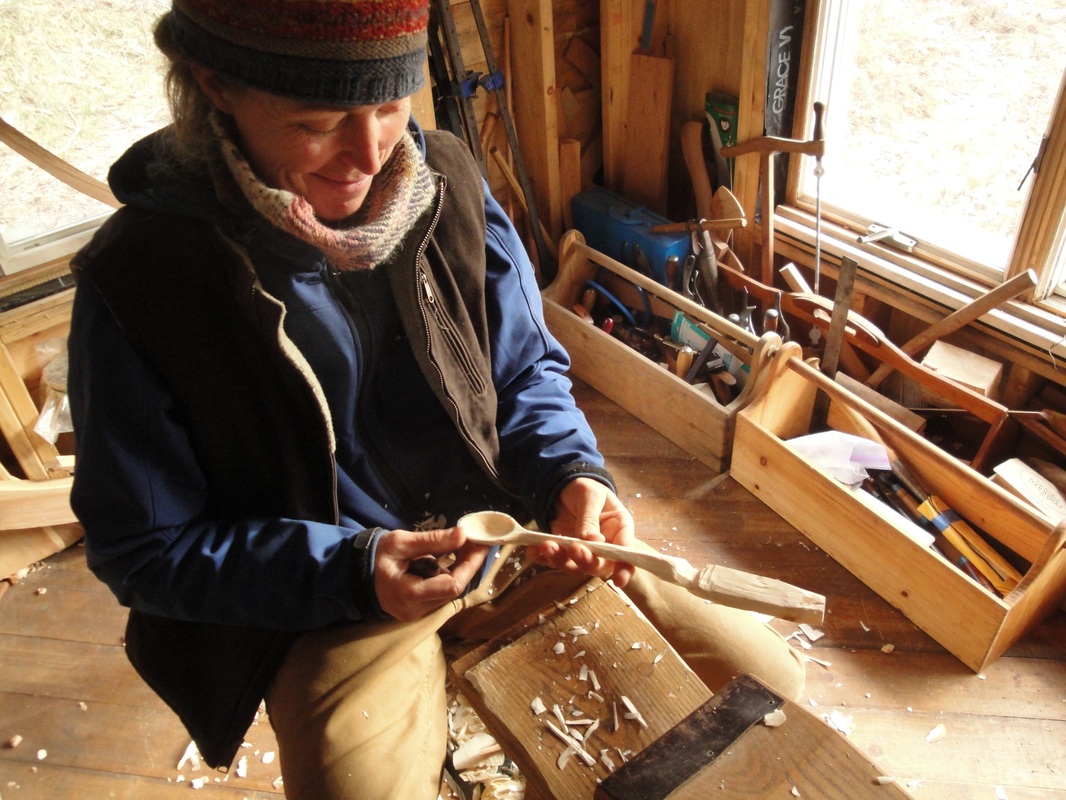
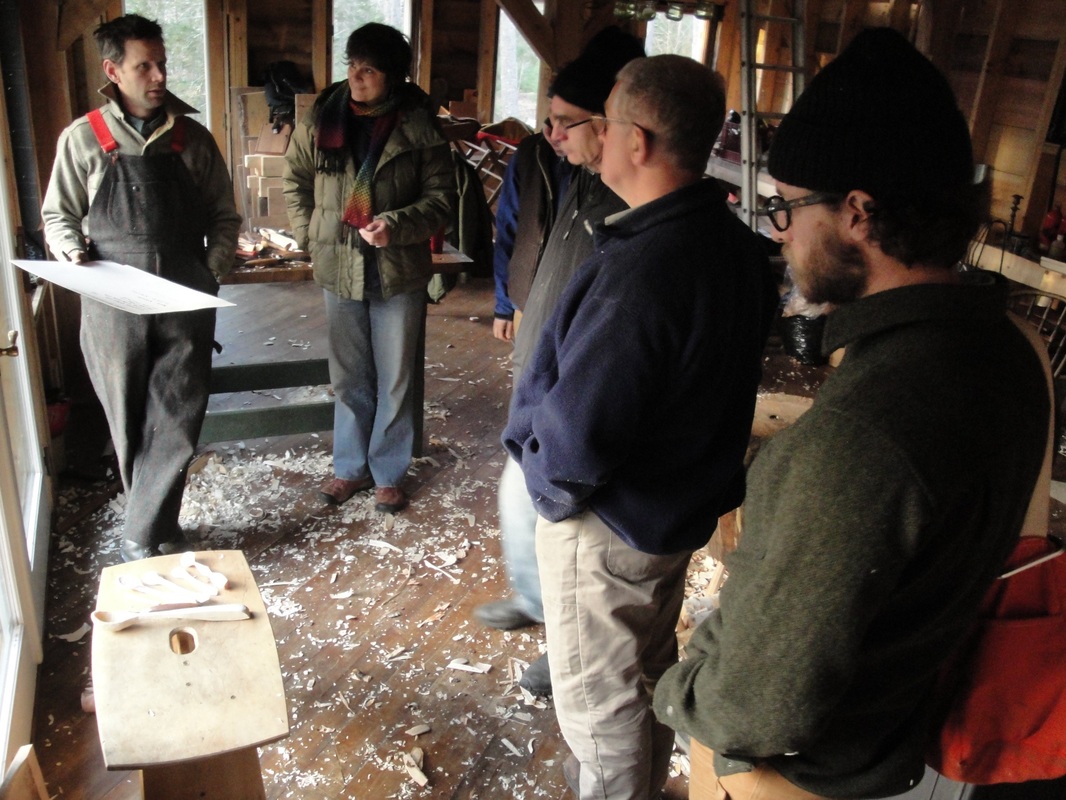
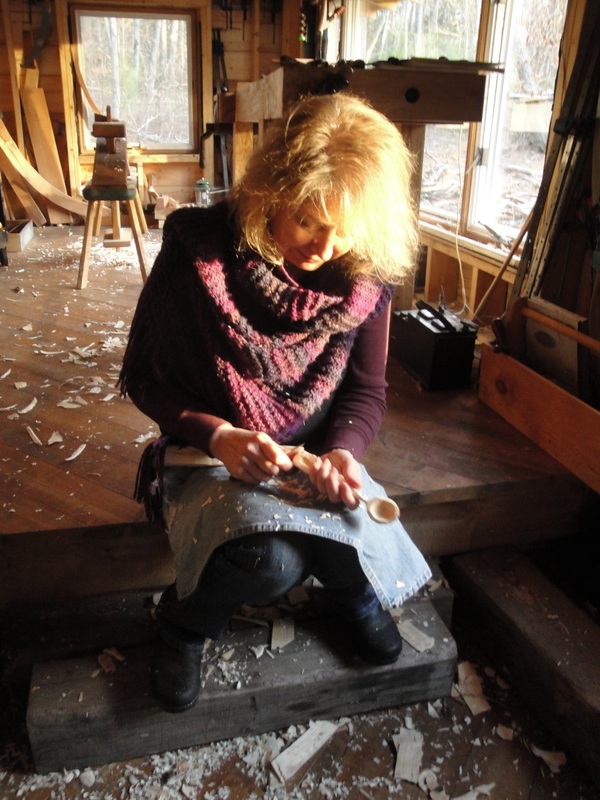
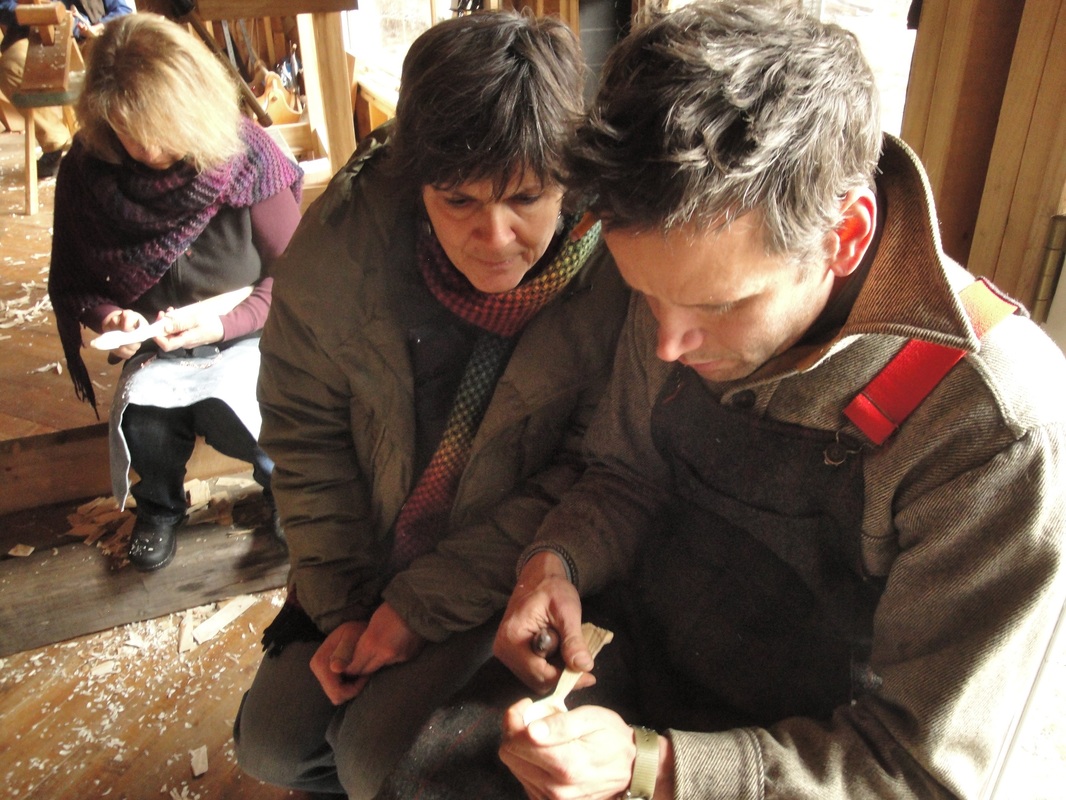
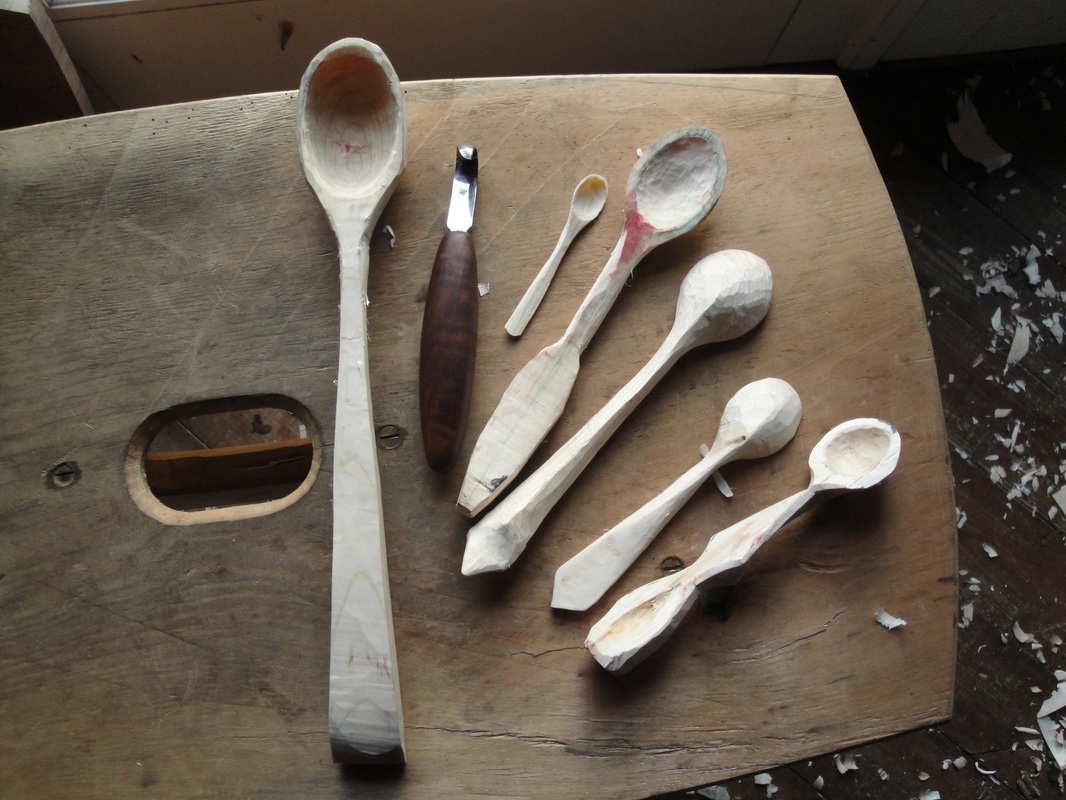
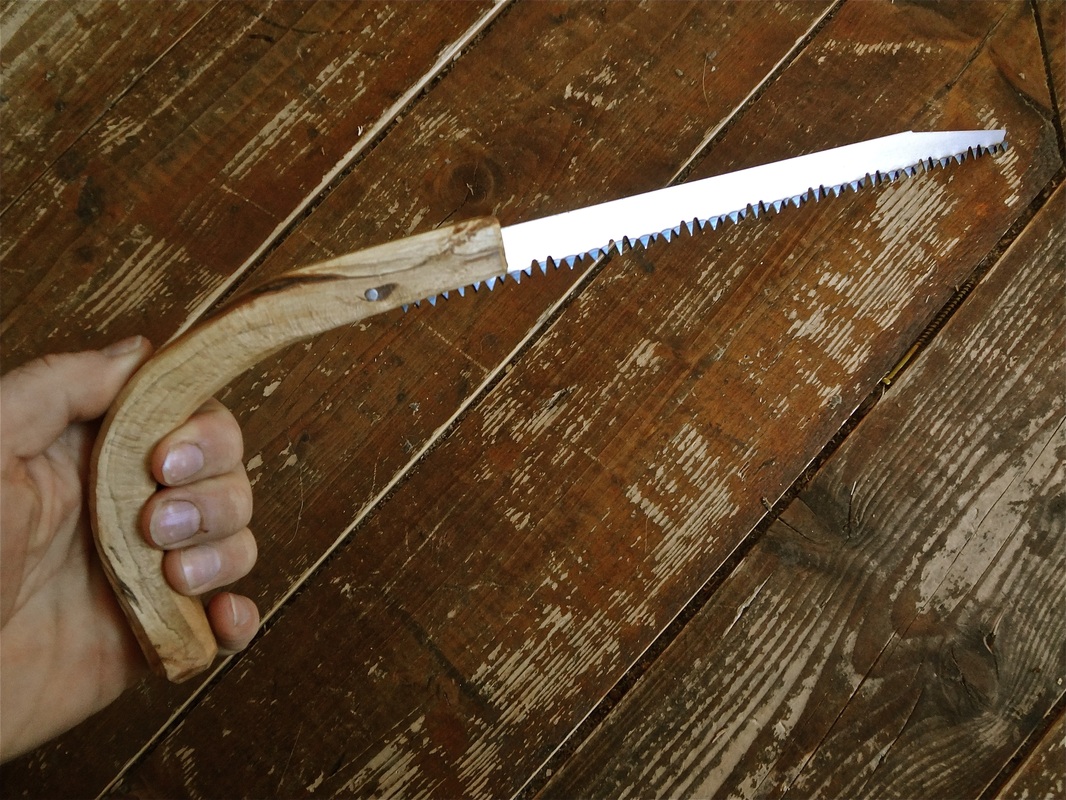

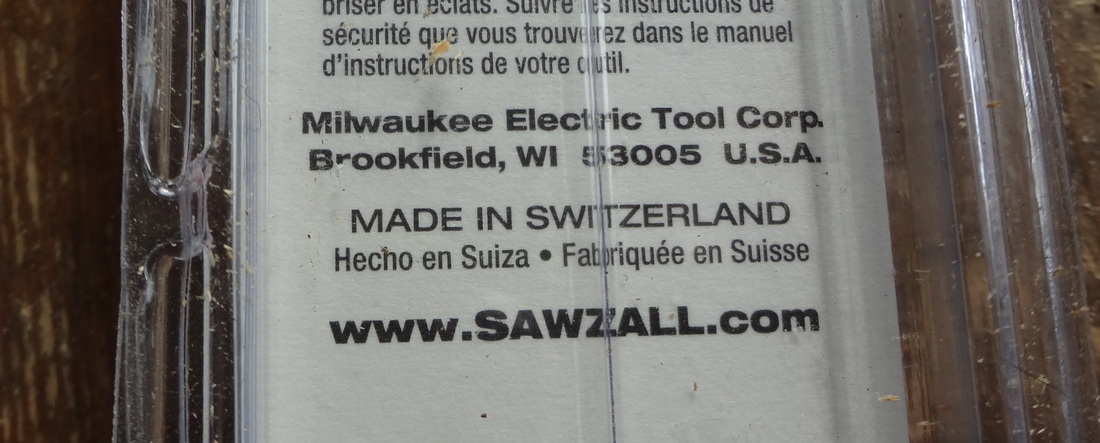
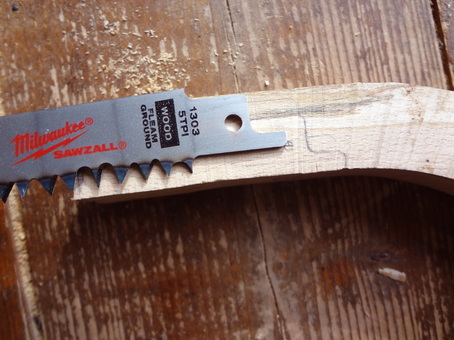
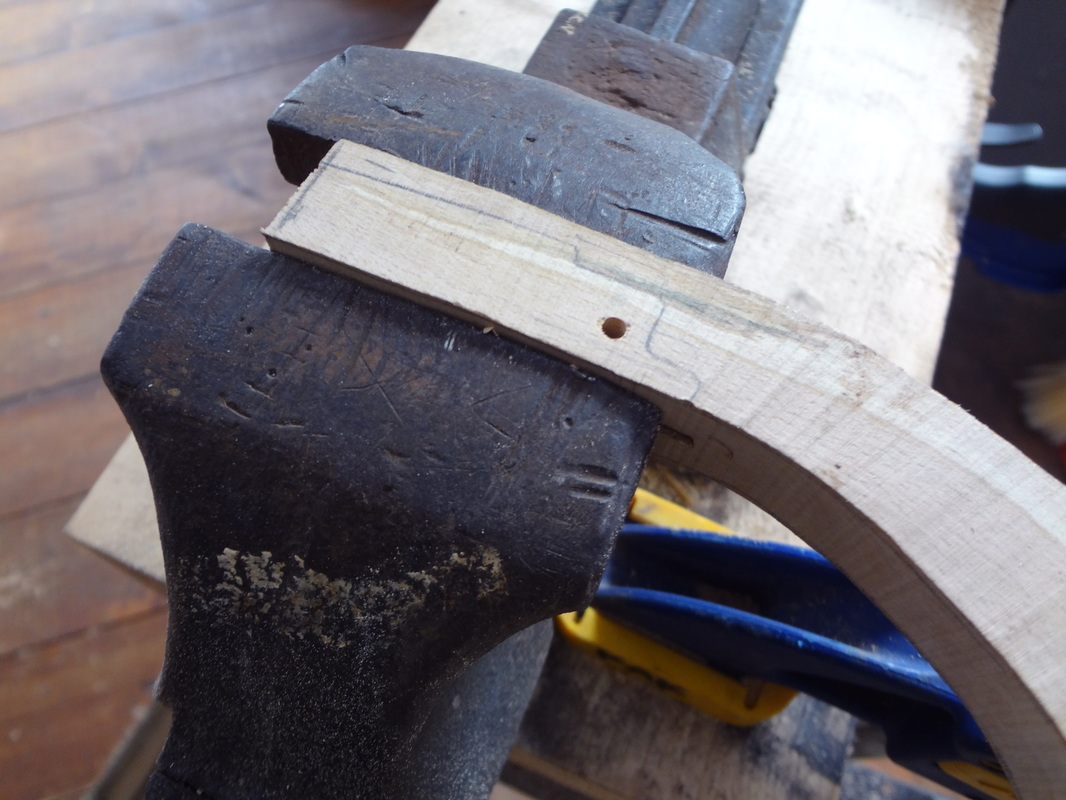
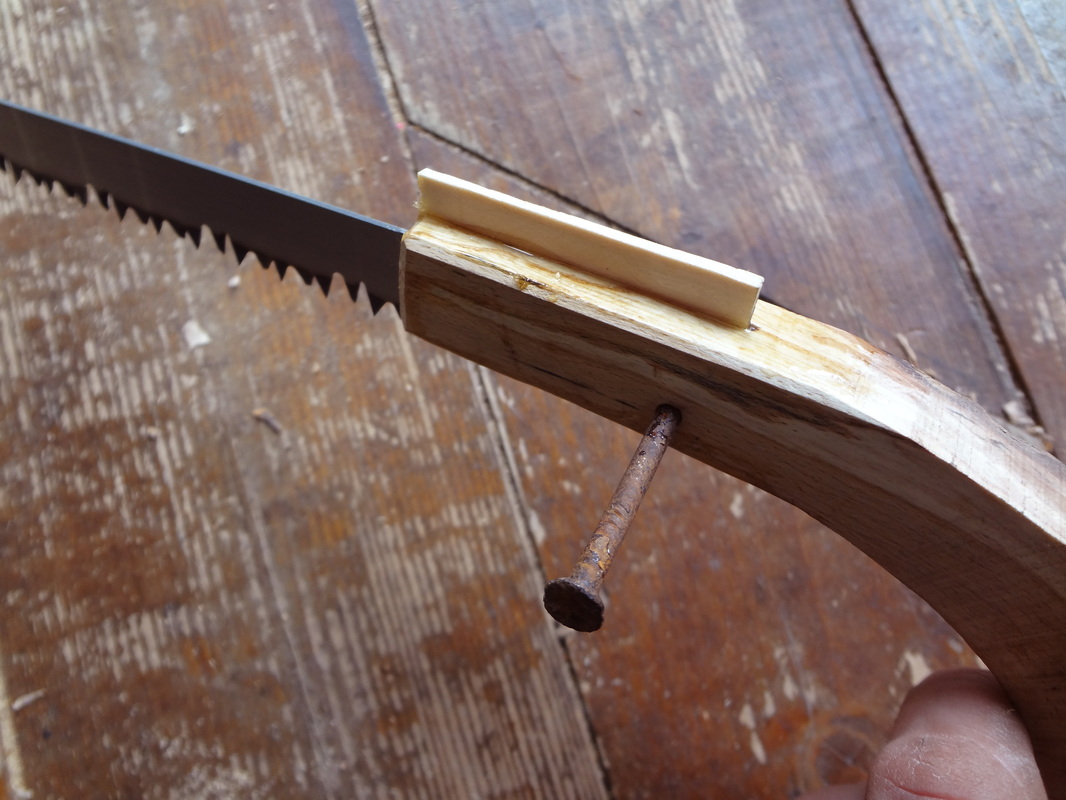
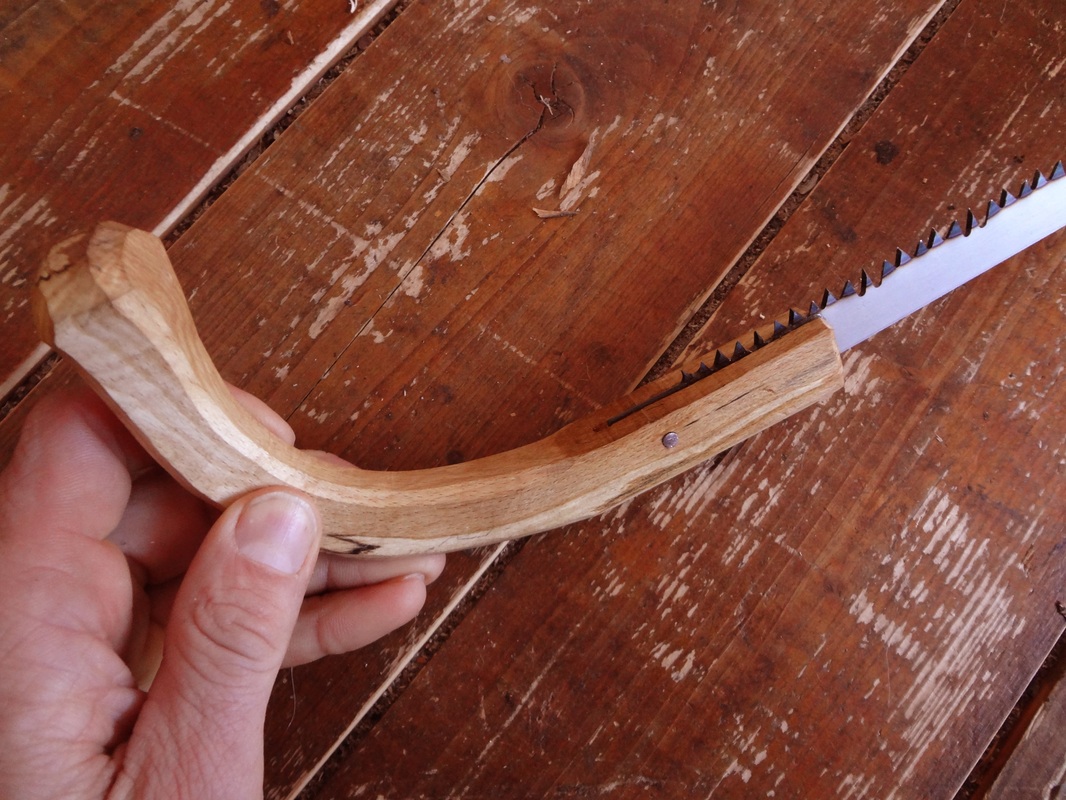
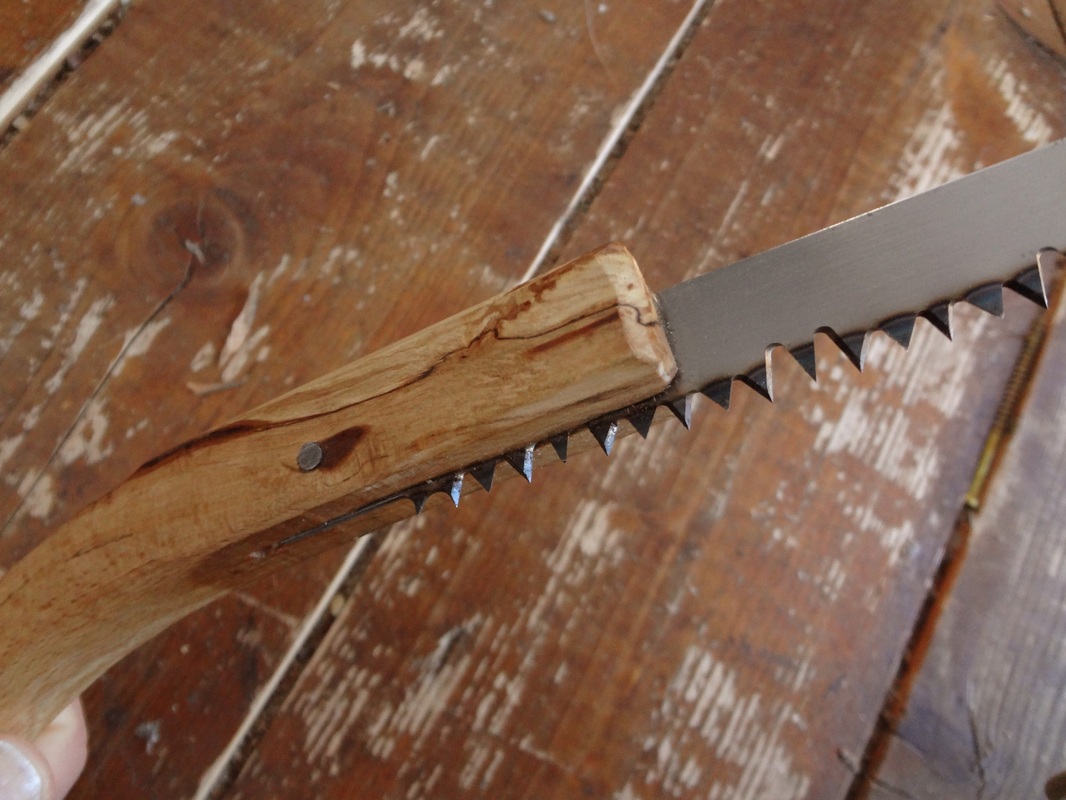

 RSS Feed
RSS Feed
